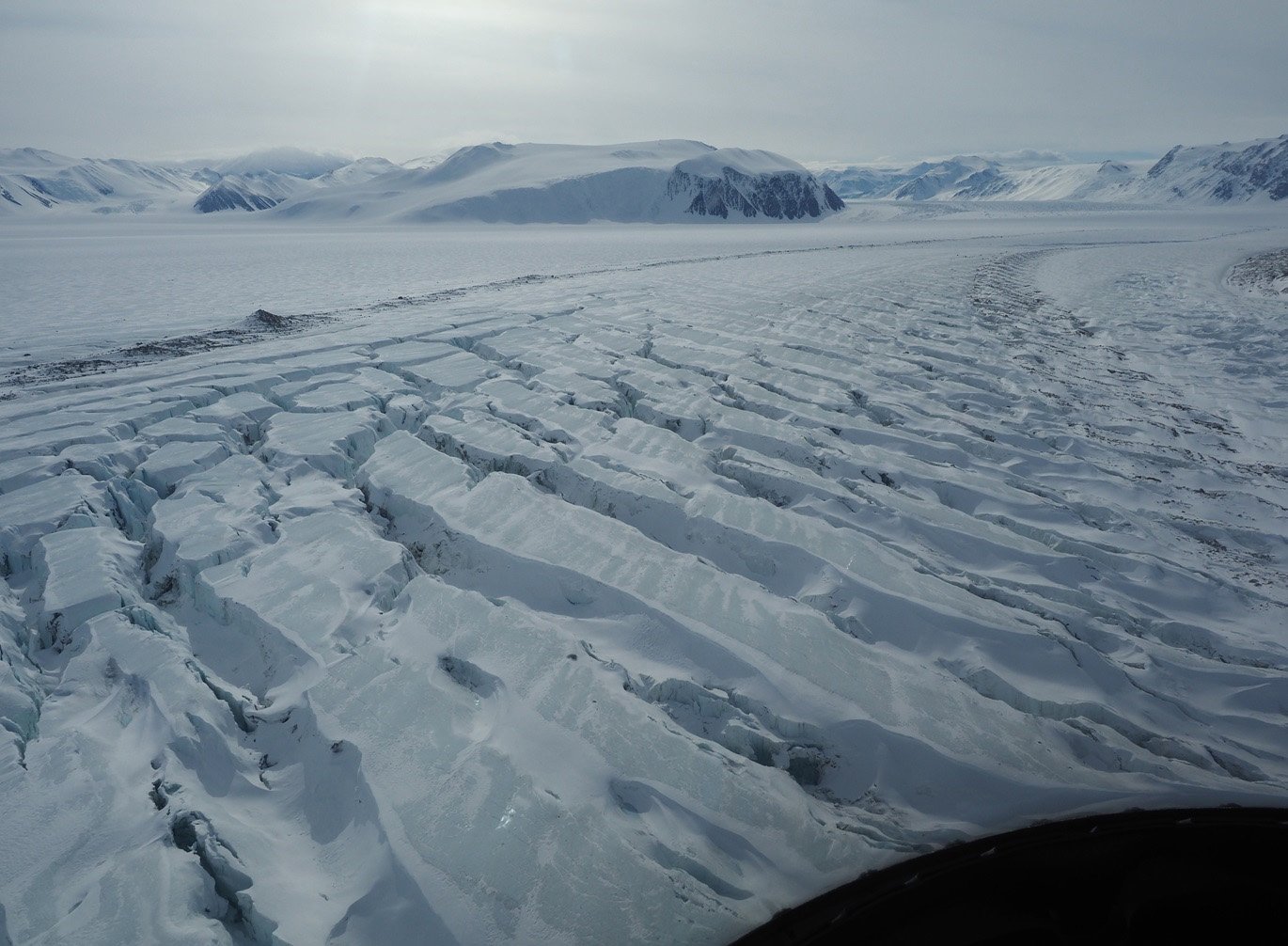
The University of Otago-led study investigated ice deformation — a key process in the movement of glaciers and ice sheets, that has been significantly impacted by climate change.
Lead author and University of Otago geologist Dr Sheng Fan said warmer ocean temperatures made ice sheets thinner at the edges so that ice and meltwater entered the ocean and made the sea level rise.
Being able to estimate that sea-level rise was important because it would allow communities to protect themselves from flooding and coastal erosion.
Dr Fan said scientists did this using a model called "flow law" — a mathematical equation that described the physics of how ice flows.
At present, there were two commonly used flow laws, but they did not capture the full complexity of ice behaviours.
"We need a more precise flow law so we can reduce prediction errors, especially with the way climate change is progressing."
So researchers had gathered 70 years’ worth of data from experiments around the world — including New Zealand, the United Kingdom, the United States, Australia and France — to form a detailed database.
Dr Fan said the research, recently published in the journal Nature Geoscience, used advanced statistical methods that accounted for uncertainties and limitations of previous ice-flow models, enabling more reliable predictions about future ice-sheet movement.
"This study is very important for people living in low-lying areas like South Dunedin because the new flow law could directly help scientists predict and make more precise predictions about future sea level rise, which would have a direct impact on the city.
"It will give a more precise prediction that can help the Dunedin City Council and the Otago Regional Council to make future plans to protect the community."
He said more work still needed to be done before the flow law would be ready to make predictions, but he believed it would be ready to be applied within the next few years.
"Large-scale modelling of sea-level rise is comprised of many, many essential parts.
"The aim is to combine this flow law with other prediction models.
"Therefore, we need some other efforts to update the flow law equations and numbers that we get from this study into the large-scale modelling, so that we can get a number — for example, in how many years the sea-level rise will arise, and by how many metres."
University of Otago professor of geology David Prior said there were many things that contributed to sea level rise and the future of the ice sheet was probably the biggest uncertainty.
"This study illustrates that we need to describe the behaviour of the ice much more precisely, particularly if we want to use ice sheet modelling as a predicting tool.
"If we want our predictions of ice movement over the next few decades to be robust, we need to get the physics right."











